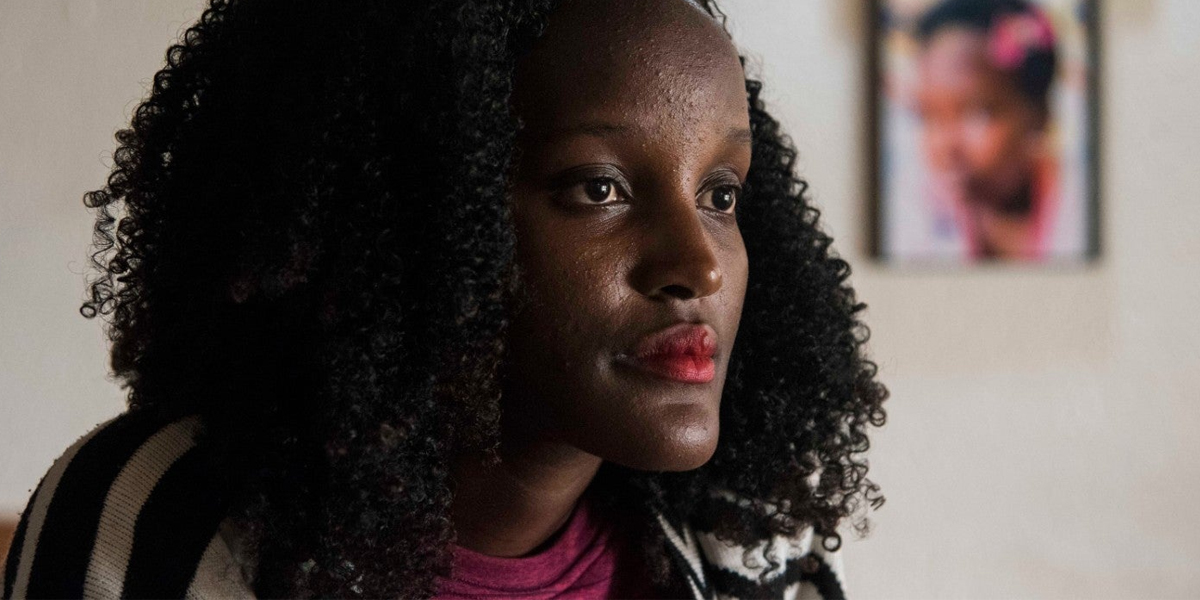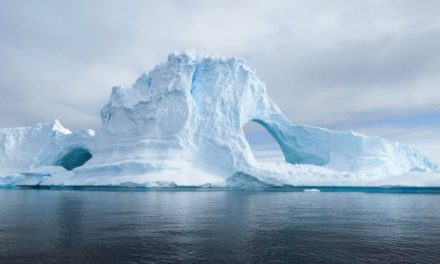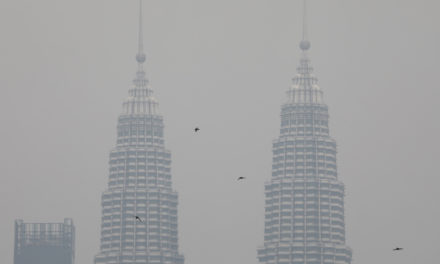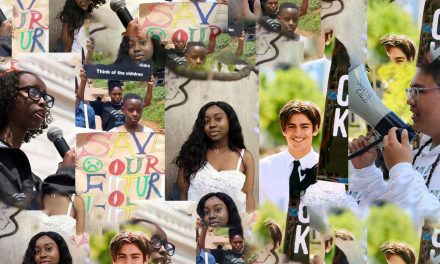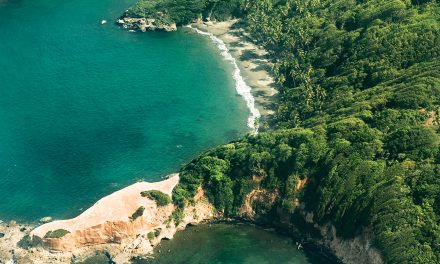The last few years have spurred a sense of urgency when it comes to tackling global warming and the fatal consequences that come with it. From worldwide protests, the war on plastic and an onslaught of scientific reports detailing the many ways the crisis could develop – climate change has rightfully become a big deal.
But as the climate crisis moves to the forefront of political and social discourse, the visibility of indigenous people and communities of colour that have long been fighting the good fight have been increasingly ignored. This became all too obvious last week when the Associated Press came into fire for cropping out a picture of Ugandan climate activist Vanessa Nakate.
The 23-year old activist recently attended a joint press conference at the World Economic Forum in Davos, Switzerland. The press conference included the likes of other young activists such as Greta Thunberg, Loukina Tille, Luisa Neubauer and Isabelle Axelssom. After the event, the news agency published a photo of the group, cropping out Nakate and only including the four white activists.
Speaking to Buzzfeed, Nakate expressed her disappointment: “I cried because it was so sad not just that it was racist, I was sad because of the people from Africa. It showed how we are valued.”
While the Associated Press has since replaced the picture and issued an apology, the situation has called into question: how do racial biases manifest in these activism spaces?
‘Greta of India’
Since the rise of climate superstar Greta Thunberg, western media outlets have taken any opportunity to compare every young climate activist to the 16-year-old Swedish native – despite undeniable differences and unique perspectives – in efforts to whitewash the climate movement.
Recently, 8-year-old Indian climate activist Licypriya Kangujam was on the receiving end of the Thunberg comparison, which she quickly called out the media for.
“Stop calling me ‘Greta of India’. I am not doing my activism to look like Greta Thunberg. Yes, she is one of our inspirations and a great influencer. We have a common goal but I have my own identity, story,” she said on Twitter. “If you call me “Greta of India”, you are not covering my story. You are deleting a story.”
Kangujam also iterated that her climate work predated Greta’s and she has had to make sacrifices, like dropping out of school when she was seven, because of it. Not only has she spoken in 21 countries, but she also started an organisation called ‘Child Movement’ in order to appeal to world leaders to take action. In the media’s rush to name the next Greta, they fail to understand that activists from the Global South have already been doing the work out of necessity and survival.
The comparison also furthers the narrative that people from the Global South are helpless and must look to the west for forward-thinking approaches and innovation. In reality, less developed nations have always had to take the climate crisis seriously because they’re affected the most. While western nations scramble to implement some type of ban on plastic bags, Bangladesh introduced the world’s first ban in 2002.
Greta’s influence is undeniably remarkable but she isn’t the youngest or the first to walk in her shoes. Many have come before her, to little recognition, and continue to silently do the work because it disproportionately affects their communities and livelihoods. Western media outlets must do better in accurately depicting what climate justice looks like. Firstly, by amplifying the voices of those already affected instead of those they believe fit a certain narrative.
While climate change affects us all, establishment media’s blatant racial bias threatens the unity that is required to tackle this global issue.
Photo Credit: The Hill
- This Artist is Making the Underwater Arena His Canvas - 28th April 2021
- A Video Game that Promotes Peace and Conflict Resolution - 15th March 2021
- Netflix’s ‘Living Undocumented’ is a Difficult Series to Watch, and Exactly Why We Should - 9th March 2021

